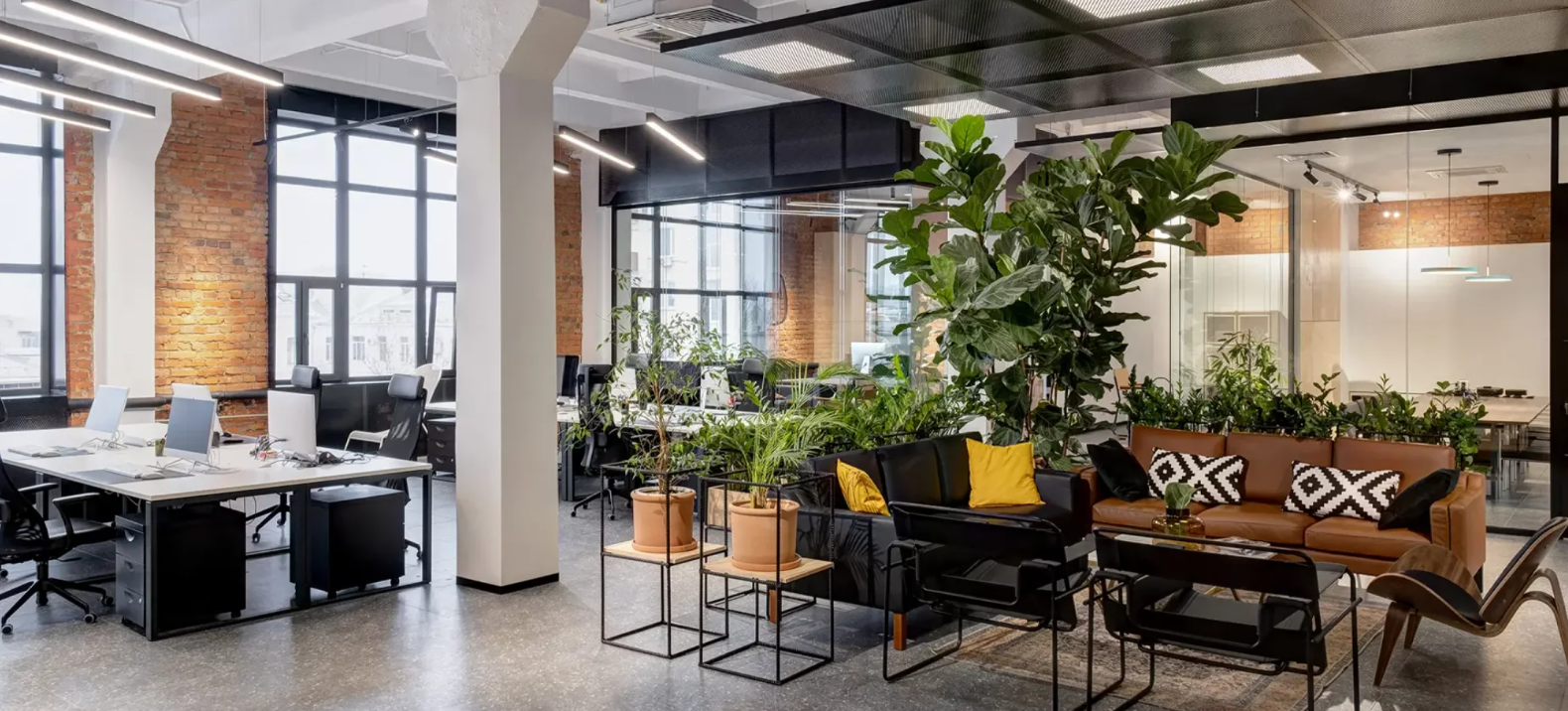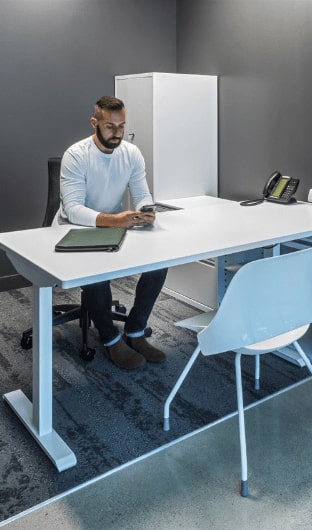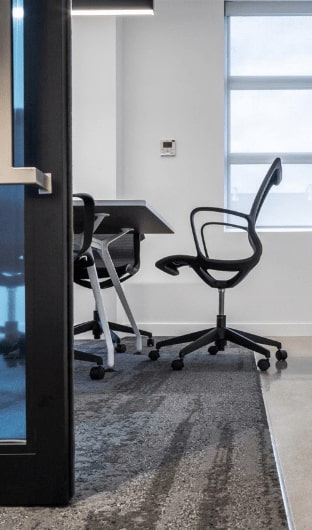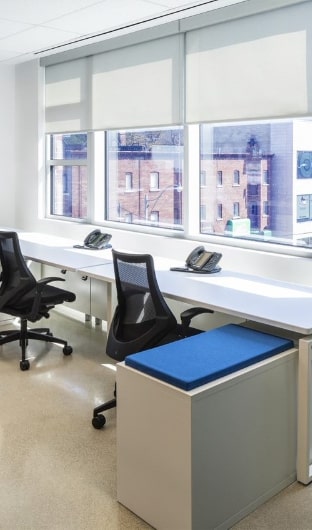
Importance Of Ergonomics In Modern Office
In today’s modern office, ergonomic furniture has become increasingly important. The average office worker spends around 8 hours a day sitting at a desk, which can lead to a variety of physical ailments if the workspace is not properly designed. Ergonomic furniture aims to create a comfortable and healthy workspace that promotes productivity and well-being. In this article, we will discuss the importance of ergonomic office furniture and ways to ensure a healthy and productive workspace.
What Is Ergonomics?
Let’s start by discussing what ergonomics is and where it comes from. The term ‘ergonomics’ is derived from Greek roots and means “the science of work”. This scientific field focuses on the interactions between humans and other elements within a working system to optimize both well-being and performance.
The primary objective of ergonomics is to reduce physical stress that leads to injuries. For example, in an office setting, overuse injuries are often caused by poor posture while sitting in front of a computer. This can result in office workers developing a misaligned spine, experiencing wrist and elbow pain, and suffering from neck and back pain due to prolonged sitting.
Additionally, ergonomics plays a crucial role in preventing various musculoskeletal disorders, which can negatively impact job performance and lead to missed workdays. By applying ergonomic principles, individuals can improve their overall health and well-being, thereby promoting optimal performance in the workplace.
Benefits Of Ergonomic Office Furniture
Ergonomic office furniture is designed with the user’s comfort and well-being in mind. Here are some of the benefits of using ergonomic office furniture:
Increased Comfort: Ergonomic furniture is designed to fit the user’s body, which reduces the risk of discomfort and pain associated with sitting for extended periods. Ergonomic chairs, for example, have adjustable features that can be adapted to suit the user’s height, weight, and posture.
Improved Productivity: Comfortable employees are more productive. Ergonomic furniture can help reduce fatigue and discomfort, which can be a source of distraction and reduce productivity. By providing employees with comfortable and supportive furniture, they can focus more on their work and be more productive.
Reduced Risk of Injury: Prolonged sitting in an uncomfortable chair can lead to back pain, neck pain, and other musculoskeletal disorders. Ergonomic furniture is designed to reduce the risk of these injuries by promoting good posture and providing support where it is needed.
Better Physical Health: Ergonomic furniture can improve overall health by reducing the risk of injury, improving posture, and promoting better circulation. This can lead to fewer sick days and better overall health for employees.
Improved Mental Health: In addition to physical benefits, ergonomic furniture can also have a positive impact on mental health. A comfortable and well-designed workspace can help reduce stress and anxiety, which can lead to improved mental well-being. This can ultimately lead to increased productivity and job satisfaction.
How To Create An Ergonomic Office Space?
High-Quality Office Furniture: First and foremost, it is important to invest in comfortable and ergonomic office furniture that is designed to support the body. This includes chairs, desks, and other equipment that is specifically designed for office work.
Furniture Layout: It is also important to pay attention to the layout of the workspace. Ideally, the desk should be positioned in a way that allows for good posture. In addition, the furniture arrangement should also allow exposure to natural light and good ventilation. This can help reduce eye strain and improve the overall comfort of workers.
Technology: Another important factor to consider is the use of technology in the office. Many office workers spend a significant amount of time using computers and other devices, which can lead to eye strain and other physical discomforts. To reduce the risk of these problems, it is important to invest in high-quality monitors and other equipment that is designed to reduce eye strain and other problems associated with long-term computer use.
Work Habits: Finally, it is important to take regular breaks throughout the workday. This can help reduce physical strain and mental fatigue, which can ultimately lead to increased productivity. Simple stretches and exercises throughout the day can also help promote good posture and overall physical well-being in workers.
In conclusion, ergonomic furniture is an essential component of a healthy and productive workspace. By investing in high-quality furniture and paying attention to the layout of the workspace, it is possible to create a comfortable and supportive environment that promotes productivity and well-being. By taking these steps, office workers can enjoy many benefits, including reduced physical discomfort, improved posture, and better mental health.
Create an ergonomic office space for your employees with the right office furniture. Connect with Harkel Office to redesign your office space.





